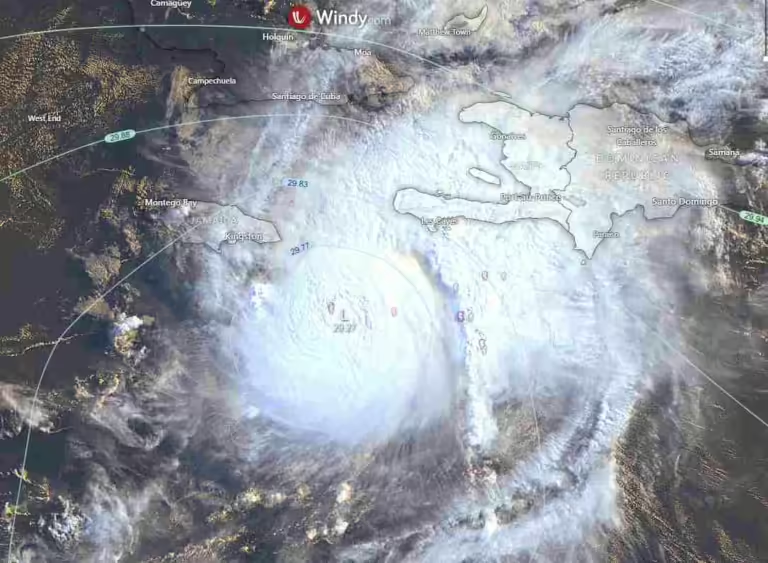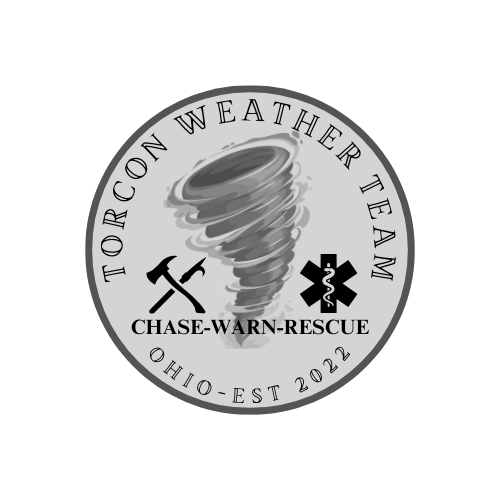Life Cycle of a Hurricane
The life cycle of a hurricane, a powerful and destructive natural phenomenon, is fueled by warm ocean waters and driven by atmospheric forces. It follows a distinct life cycle: formation, intensification, maturity, and decay. Understanding this cycle is not just crucial, but it’s the key to predicting and preparing for these formidable weather events, empowering you with the knowledge to stay safe and informed.
1. Formation Stage
Hurricanes usually start as tropical disturbances over warm ocean waters near the equator. As moist air rises from the ocean’s surface, it creates an area of low pressure. If environmental conditions are favorable, such as warm sea surface temperatures (typically above 26°C or 79°F) and minimal vertical wind shear, the disturbance can evolve into a tropical depression.
2. Tropical Depression
A tropical depression is characterized by organized thunderstorm activity with a closed atmospheric circulation. As the system gains strength and wind speeds increase, it may develop into a tropical storm.
3. Tropical Storm
When sustained wind speeds reach 39 to 73 mph (63 to 118 km/h), the tropical depression is upgraded to a tropical storm. At this stage, the storm develops a more defined structure with a central core and bands of heavy rainfall and strong winds.
4. Hurricane Intensification
A tropical storm can intensify into a hurricane if conditions remain favorable. Hurricanes are categorized on the Saffir-Simpson Hurricane Wind Scale based on their sustained wind speeds:
– Category 1: Wind speeds of 74 to 95 mph (119 to 153 km/h)
– Category 2: Wind speeds of 96 to 110 mph (154 to 177 km/h)
– Category 3: Wind speeds of 111 to 129 mph (178 to 208 km/h)
– Category 4: Wind speeds of 130 to 156 mph (209 to 251 km/h)
– Category 5: Wind speeds exceeding 157 mph (252 km/h) or higher
5. Mature Hurricane
At its peak, a mature hurricane is a symmetrical, organized system with a distinct eye at its center, a calm region surrounded by the most intense winds and rainfall. The storm continues to draw energy from warm ocean waters, maintaining its strength as long as conditions permit.

6. Decay and Dissipation
As a hurricane moves over cooler waters or encounters strong wind shear, its source of energy diminishes, causing the storm to weaken. Eventually, the storm loses its tropical characteristics and may transition into an extratropical cyclone or dissipate altogether.
Conclusion
The life cycle of a hurricane is a testament to the immense power and complexity of Earth’s atmospheric and oceanic systems. From humble tropical disturbances to raging storms with winds that can devastate coastal communities, hurricanes remind us of nature’s ability to create and destroy. Understanding their life cycle enables meteorologists to predict their behavior better and helps communities prepare and mitigate the impact of these formidable weather events. By staying informed and prepared, we can better respect and respond to the incredible power of hurricanes, ensuring the safety and resilience of those in their path.
